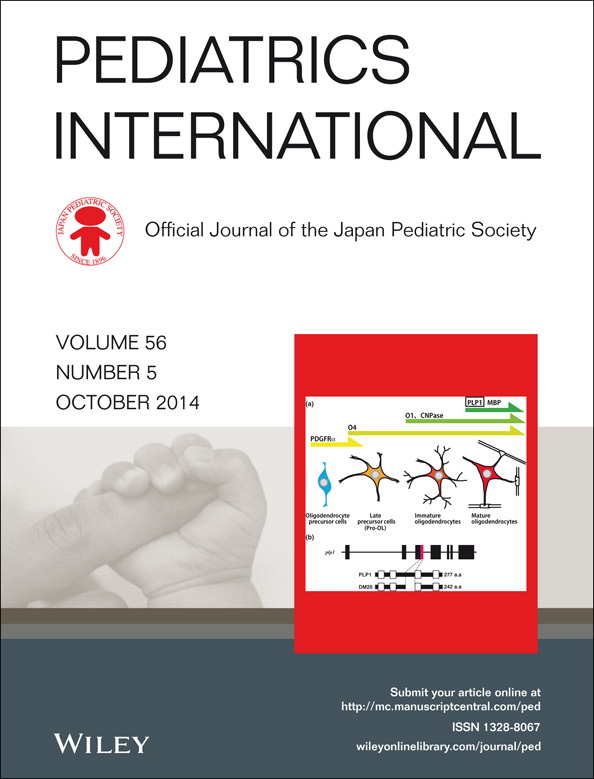Rapid C-reactive protein and white cell tests decrease cost and shorten emergency visits
Abstract
Background
Elevated white blood cells (WBC) in blood and C-reactive protein (CRP) in serum are often used as non-specific markers for bacterial etiology of infection in children. The aim of the present study was to evaluate how rapid WBC and CRP testing influences patient flow and cost in the pediatric emergency room (ER).
Methods
This study was a retrospective chart review. In all, 166 children who were treated during 3 months in the ER of a children's hospital, and in whom rapid tests for WBC and CRP were done, were included. The association between rapid testing and length of ER stay was evaluated, and the cost of rapid tests was compared with the corresponding cost if done in the hospital laboratory.
Results
Median ER stay was 147.5 min, if no examinations other than rapid CRP and WBC tests were done and if no emergency treatment was given, compared with 201.5 min for laboratory tests or emergency treatment given (P < 0.001). The respective figures were 142.5 min and 179.5 min in those 96 children discharged home (P = 0.003). The cost of rapid testing was only 41.5% of the corresponding laboratory cost.
Conclusion
The simultaneous rapid testing of CRP and WBC in children with presumable infection decreased cost and shortened the length of ER stay, if no other examinations or emergency treatment were needed. The cost of rapid testing was less than half of the corresponding cost in laboratory.




